Explanation of my 10 Ballon d'Or 1957
This is my ranking, my opinion on the Ballon d'Or of the year 1957. This ranking is based on the calendar year, not the season. What counts for this ranking is the player's regularity over the calendar year, the number of matches played, the ability to raise his level in big games, statistics (goals, assists, clean sheets, goals conceded, etc.) and trophies won (collective and individual).
#10 Júlio Botelho
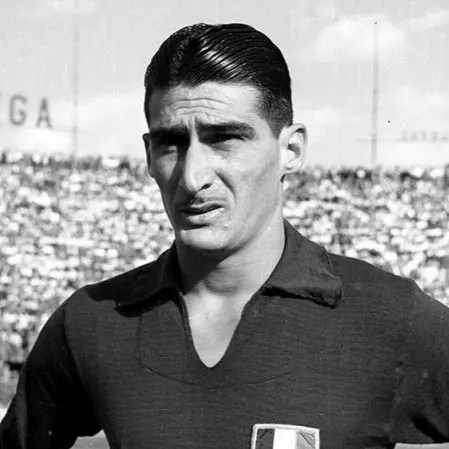
- Age : 27/28 years old
- Club : Fiorentina
- Statistics : 33 games, 7 goals, / assists
- Trophies : Champions League Vice-Champion
- Individual Awards : Serie A TOTY
In the calendar year 1957, Julinho Botelho—“O Príncipe da Areia” or “The Prince of the Wing”—stood as a dazzling symbol of flair, finesse, and foreign brilliance in Italian football. That year, he was at the heart of a resplendent Fiorentina side that had just lifted the Scudetto and was now embarking on its historic run to the European Cup Final, where they fell to the mighty Real Madrid at the Santiago Bernabéu. Julinho’s silk-smooth dribbles, razor-sharp crosses, and thunderous right foot made him one of the most feared wingers in Serie A. His ability to unhinge defenses from the right flank brought a continental touch to the Italian game, earning him not only a place in the Serie A Team of the Year, but also admiration across Europe. In domestic play, he featured regularly for Fiorentina, contributing goals and assists with tireless consistency. But it was in international competition that he solidified his reputation, dazzling in the European Cup with performances that blended samba rhythm with tactical precision.
#9 Tommy Taylor
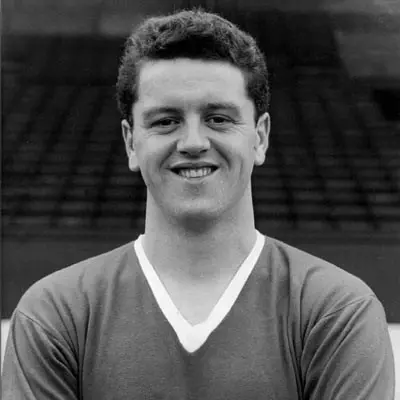
- Age : 25 years old
- Club : Manchester United
- Statistics : 52 games, 45 goals, 9 assists
- Trophies : British Home Championship, Premier League, Finalist FA Cup, Community Shield
- Individual Awards : Premier League TOTY
In the calendar year 1957, Tommy Taylor—often revered as “Magnifico” by none other than Alfredo Di Stéfano—was the towering embodiment of English football excellence. As the spearhead of Manchester United’s attack, Taylor combined physical dominance with clinical finishing, helping United defend their First Division crown and reach the FA Cup Final. His understanding of space, timing, and aerial prowess made him virtually unplayable in the box, earning him widespread acclaim across the continent. Taylor was unstoppable in the European Cup, where his goals powered United through landmark wins, announcing the club’s arrival on the international stage. Domestically, he bagged goals with intimidating regularity, continuing his trend from the previous season where he'd netted 34 goals. In 1957, his contributions went beyond stats—he was the soul of United’s forward line, a leader in both spirit and performance. For England, he wore the Three Lions shirt with pride, scoring prolifically in international fixtures and capturing the British Home Championship alongside teammates like Duncan Edwards and Roger Byrne. His partnership with Dennis Viollet was electric, a duo that defenders dreaded.
#8 Eduard Streltsov
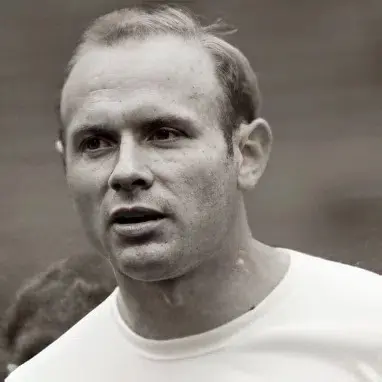
- Age : 19/20 years old
- Club : Torpedo Moscow
- Statistics : 28 games, 27 goals, / assists
- Trophies : USSR League Vice-Champion
- Individual Awards : USSR League TOTY
In the calendar year 1957, Eduard Streltsov—the “Pelé russe” and Soviet football’s brightest flame—was a rising force whose elegance and audacity lit up the fields of the USSR like few before him. At just 20 years old, Streltsov was no longer the prodigy; he was the headline act. Playing for Torpedo Moscow, he helped the club reach the summit of the Soviet Top League, finishing as vice-champions, while dazzling fans with his trademark backheels and unpredictable movements. On the international stage, Streltsov was a sensation. Having already claimed gold at the 1956 Melbourne Olympics, 1957 saw him become the centerpiece of a Soviet team that was gearing up for the 1958 World Cup. His performances in friendlies and qualifiers were nothing short of spectacular—he scored, assisted, and outsmarted defenders with a mix of power, pace, and unteachable flair. There were whispers across Europe: this young Muscovite could rival the world’s best.
#7 John Charles
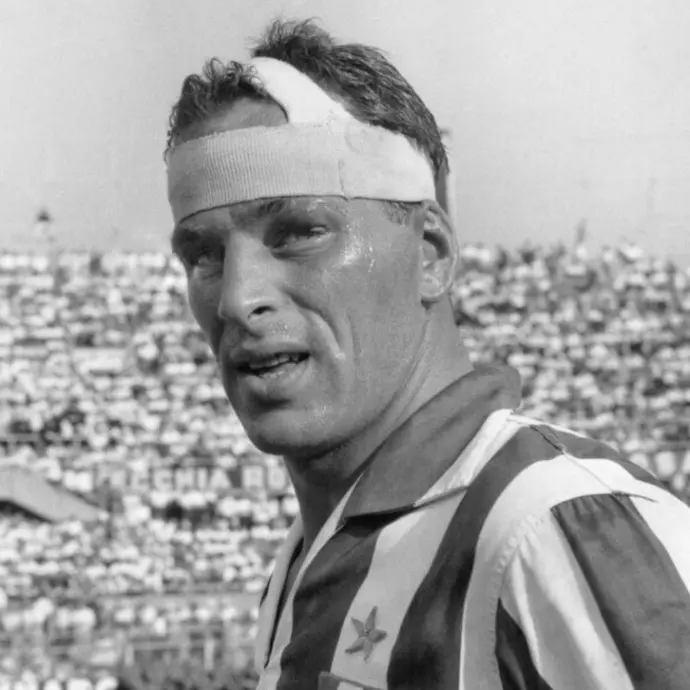
- Age : 25 years old
- Club : Leeds United/Juventus Turin
- Statistics : 36 games, 30 goals, / assists
- Trophies : /
- Individual Awards : Premier League Golden Shoe (38 goals)
In the calendar year 1957, John Charles—known in Turin as Il Gigante Buono, the “Gentle Giant”—took his immense talent across borders and planted it firmly in Italian soil, forever altering the landscape of Serie A. Having dominated English football at Leeds United with unmatched versatility and sportsmanship, Charles signed for Juventus that summer for a record-breaking fee, instantly becoming the centerpiece of a legendary front line with Boniperti and Sívori—the "Trio Magico". His debut season in Italy was nothing short of mythic. Charles led Juventus to a strong campaign and stunned Calcio connoisseurs by clinching the Capocannoniere title with 28 goals—a feat that made him the first British player to top Italy’s scoring charts. More than just goals, he brought humility, tactical intelligence, and a sense of fair play rarely seen in such a dominant striker. He famously completed five years in Serie A without a single booking, a testament to his discipline and gentlemanly conduct. From center-back to striker, Charles defied positional limitations with graceful strength and unshakeable poise.
#6 Pelé
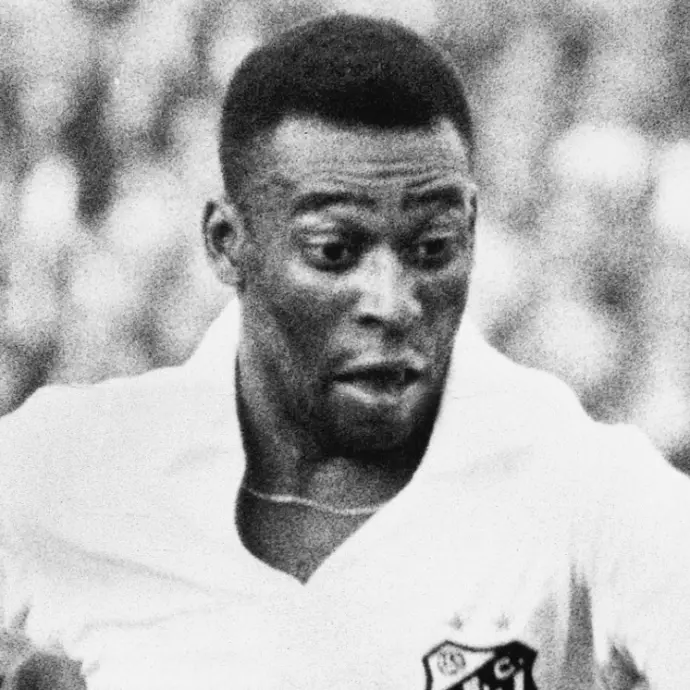
- Age : 16/17 years old
- Club : Santos FC
- Statistics : 40 games, 43 goals, 19 assists
- Trophies : Copa Roca, Finalist São Paulo Championship
- Individual Awards : Copa Roca Golden Shoe (2 goals), São Paulo Championship Golden Shoe (17 goals)
In the calendar year 1957, Pelé—“O Rei” or “The King”—emerged not just as a rising star, but as a celestial event in the footballing world. At just 16 years old, he had already made his professional debut with Santos FC, and his genius was undeniable. That year, the prodigious forward erupted in the Campeonato Paulista, scoring 17 goals and earning the title of top scorer, a feat astonishing given his age and inexperience. On July 7, 1957, Pelé debuted for the Brazilian national team at the legendary Maracanã Stadium in front of nearly 200,000 spectators. Not only did he play against Argentina, but he scored his first international goal, immediately announcing himself as the future of Brazilian football. The sheer audacity, balance, and technical brilliance he displayed had seasoned professionals in awe—and selectors scrambling to include him in the squad for the 1958 World Cup.
#5 Didi
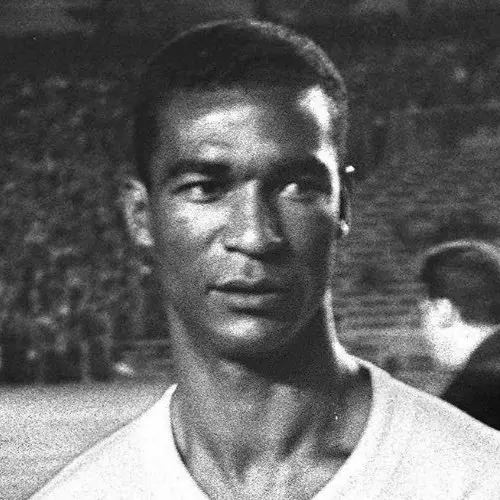
- Age : 27/28 years old
- Club : Botafogo
- Statistics : 33 games, 26 goals, / assists
- Trophies : Finalist Copa America, Rio Championship
- Individual Awards : Copa America TOTT
In the calendar year 1957, Didi—“Senhor Futebol” and the Príncipe Etíope de Rancho—was the maestro behind one of Brazil’s most elegant footballing periods, a year that preceded his legendary orchestration of the 1958 World Cup triumph. At Botafogo, he was the architect of the club’s attacking identity, leading the team to win the Campeonato Carioca, the prestigious Rio state championship. His arrival from Fluminense had already turned heads, but in ’57, Didi silenced any doubts with midfield performances that blended control, creativity, and clutch scoring. Master of the “folha seca” free kick—the so-called “dead leaf” shot that dipped unpredictably—Didi showcased a level of technical artistry unseen on Brazilian pitches. He wasn’t just a deep-lying playmaker; he was an offensive powerhouse, scoring prolifically from midfield and dictating the game’s tempo with surgical precision. That season, his goal tally for Botafogo reached double digits, a stunning stat for a midfield general. In the Seleção, Didi’s international reputation was taking flight. He starred in the 1957 Copa América, helping Brazil reach the final while contributing goals and assists throughout the tournament. His fluid partnership with Zito and the emerging Garrincha laid the groundwork for Brazil’s historic run the following year. Despite fierce competition and a system that favored physicality, Didi’s cerebral brilliance was impossible to ignore.
#4 László Kubala
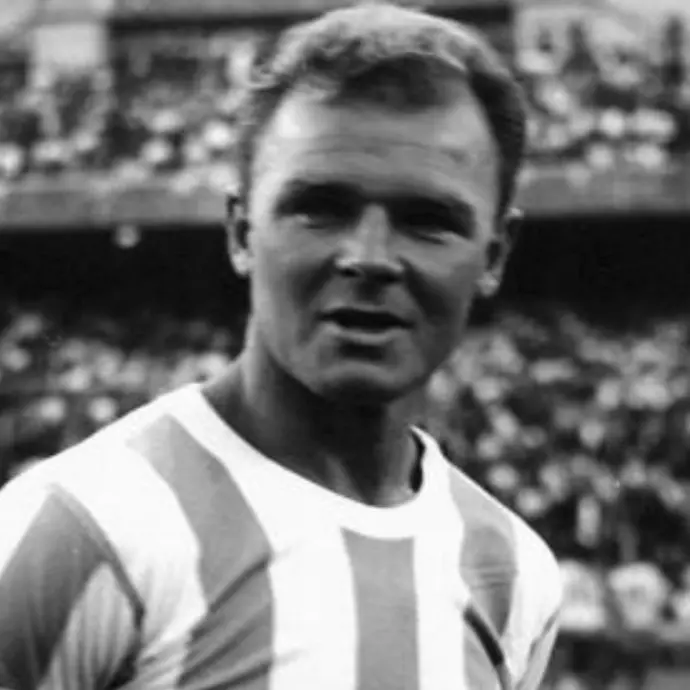
- Age : 29/30 years old
- Club : FC Barcelona
- Statistics : 38 games, 29 goals, / assists
- Trophies : Little World Cup of Clubs, Spanish Cup
- Individual Awards : Liga TOTY
In the calendar year 1957, László Kubala—“Il Gran Magiaro” and Barcelona’s original icon—was the beating heart of Barça’s offensive renaissance. A refugee turned idol, Kubala combined the defiance of history with the artistry of football, delivering a season that oozed charisma, intelligence, and footballing sorcery. Wearing the number 10 with a swagger only rivaled by his goal tally, he helped Barcelona lift the Copa del Generalísimo, adding yet another medal to his already illustrious Catalan cabinet. Renowned for his mesmerizing footwork, bullet free kicks, and innate ability to dictate tempo from any forward position, Kubala starred in key matches at the Camp Nou, leaving defenders dizzy and fans spellbound. Though plagued briefly by injuries, his passion never dimmed. That year, he recorded 9 goals in La Liga, showing he was still the maestro even with younger stars emerging around him. On the international stage, 1957 marked Kubala’s peak as a Spanish international, scoring 6 goals in just 4 matches, including a majestic hat-trick against Turkey in Madrid. His versatility—capable of playing as striker, playmaker, or deep creator—was unmatched across Europe. That brilliance earned him fifth place in the Ballon d’Or, placing him among Di Stéfano, Kopa, and Charles in football’s elite court.
#3 Duncan Edwards
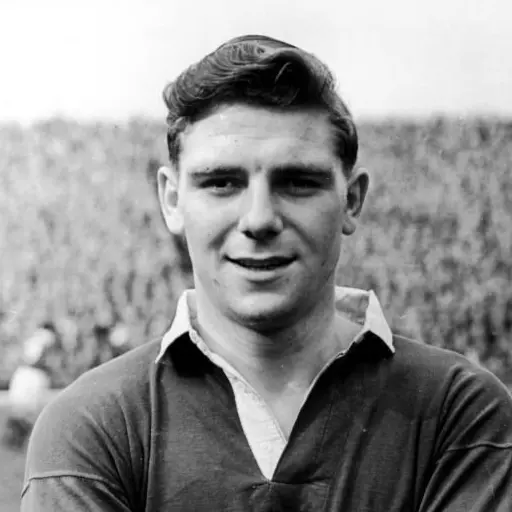
- Age : 20/21 years old
- Club : Manchester United
- Statistics : 57 games, 10 goals, 5 assists
- Trophies : British Home Championship, Premier League, Finalist FA Cup, Community Shield
- Individual Awards : Premier League TOTY
In the calendar year 1957, Duncan Edwards—nicknamed “The Tank” and hailed as the finest of the Busby Babes—stood tall as one of world football’s most complete and awe-inspiring midfielders. Still only 20 years old, he embodied the courage, versatility, and drive that made Manchester United both a domestic powerhouse and a force in Europe. That year, Edwards helped United retain the English First Division title, a rare feat at the time, showing a maturity and footballing intellect that belied his age. Equally effective in defense and attack, Edwards possessed a cannon of a left foot, aerial dominance, and the stamina of a marathon runner. Fans at Old Trafford witnessed his uncanny ability to cover every blade of grass—making tackles, orchestrating play, and thundering shots from distance. In 1957, he played a central role in United’s run to the FA Cup Final, and starred in the European Cup, where United reached the semi-finals after a thrilling win over Red Star Belgrade. For England, he was already an established international, helping the Three Lions secure the British Home Championship. His versatility allowed him to slot into multiple positions, and his performances against Scotland and France that year demonstrated why many considered him the heir apparent to leadership of the national team.
#2 Raymond Kopa
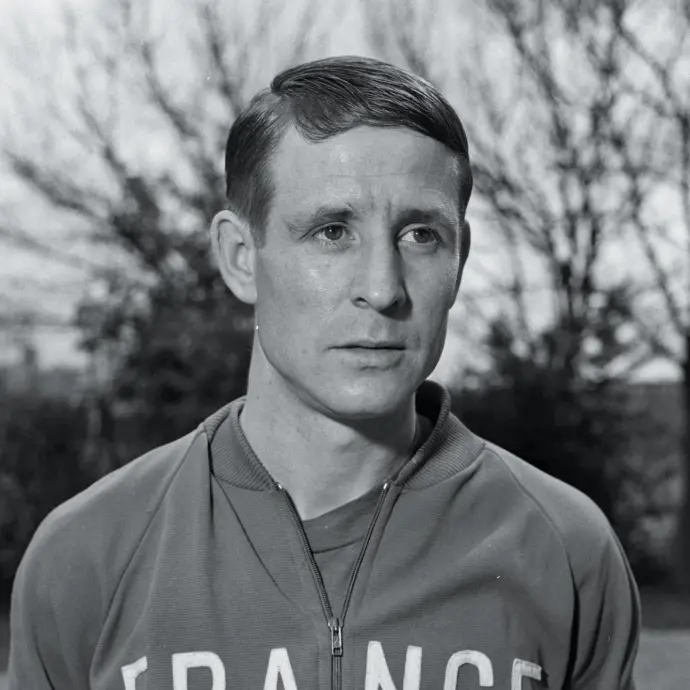
- Age : 25/26 years old
- Club : Real Madrid
- Statistics : 34 games, 10 goals, 15 assists
- Trophies : Champions League, Latin Cup, Liga
- Individual Awards : Champions League TOTY, Liga TOTY
In the calendar year 1957, Raymond Kopa—nicknamed "le petit Kopa" and hailed as the French answer to Alfredo Di Stéfano—ascended to the pantheon of European football legends. Already a two-time French champion with Stade de Reims, Kopa made his bold move to Real Madrid, where he joined a constellation of stars and wasted no time etching his name into their lore. At Madrid, he instantly elevated the team’s creativity and rhythm, forming a breathtaking tandem with Di Stéfano. That year, they conquered the European Cup, with Kopa providing decisive assists and link-up play that made Los Blancos nearly unstoppable. His performances in the final against Fiorentina were particularly inspired, showcasing the technique, vision, and tactical intelligence that would become his trademark.
Winner : Alfredo Di Stéfano
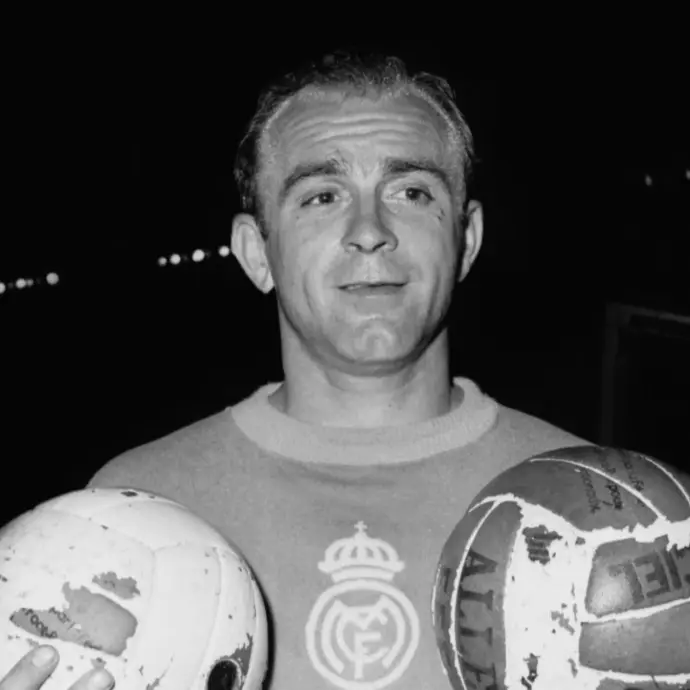
- Age : 30/31 years old
- Club : Real Madrid
- Statistics : 45 games, 38 goals, / assists
- Trophies : Champions League, Latin Cup, Liga
- Individual Awards : Champions League TOTY, Liga TOTY, Liga Golden Shoe (31 goals)
In the calendar year 1957, Alfredo Di Stéfano—“La Saeta Rubia” or “The Blond Arrow”—was not just the heartbeat of Real Madrid, but the pulse of a new era in football. At 31 years old, he reinvented the role of the forward, playing as a deep-lying striker, midfield conductor, and tactical anchor—all within the same 90 minutes. That year, he led Madrid to their second consecutive European Cup, starring in a dominant final victory against Fiorentina, where his goal and orchestration sealed continental supremacy. Di Stéfano didn't just score goals; he engineered matches. His ability to drop deep, reclaim possession, dictate tempo, and surge forward blurred positional definitions. In La Liga, he powered Madrid to the Spanish championship, scoring freely and assisting with uncanny vision. His movements were poetry, but his results were ruthless. Off the domestic pitch, 1957 marked a historic transition: Di Stéfano officially became a Spanish citizen, allowing him to represent Spain internationally. Though his eligibility limited World Cup appearances, his symbolic switch signaled Spain’s intent to embrace global talent—and no one embodied that more than Alfredo.